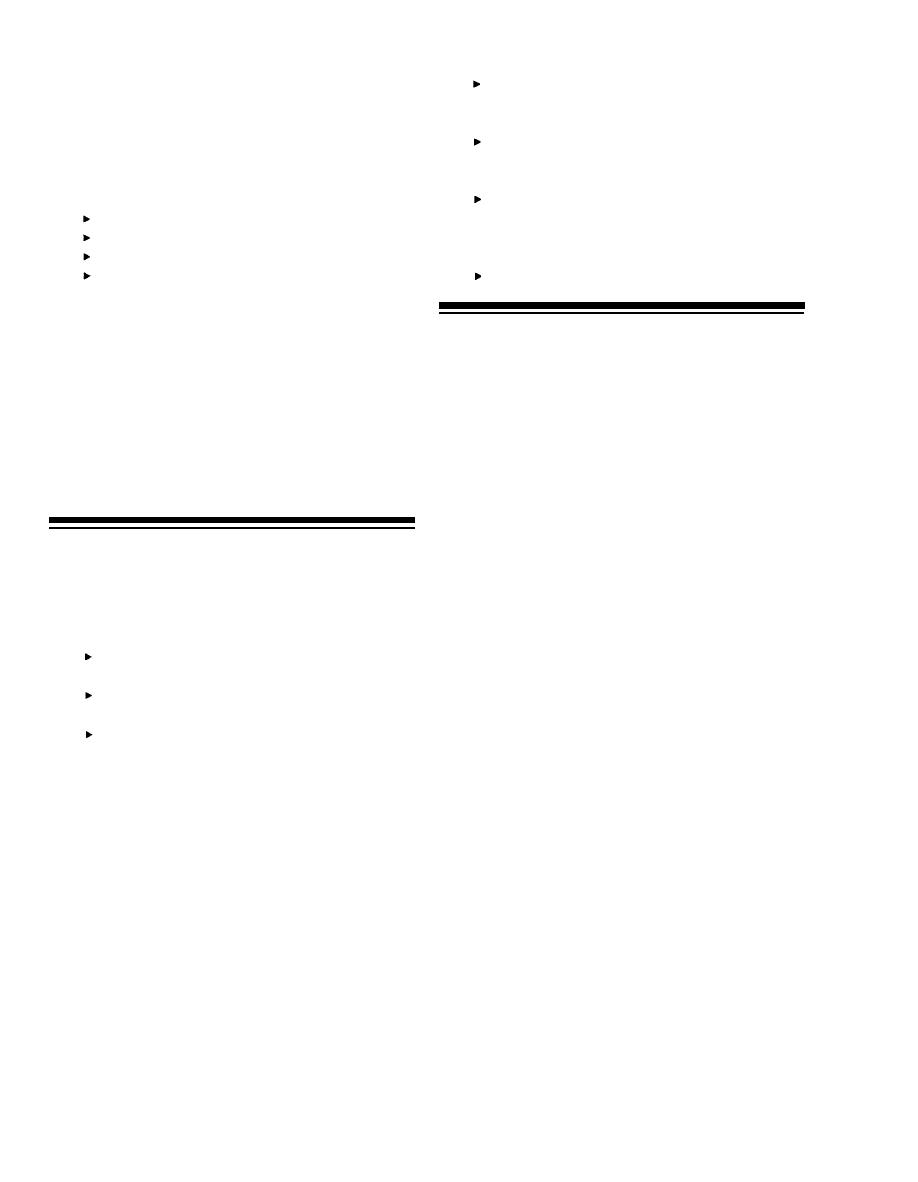

Custom Search
|
|

|
||
 Put droppings into sealed plastic
Risks to Nontargets
garbage bags and wet down the outside
Most lethal tactics in bird control pose some risk
of the bags.
to nontarget birds, as well as other animals. No one
When finished, and while still wearing
wants to endanger non-pest birds, further, they are
the respirator, remove the protective
protected by various federal, state, and local
clothing and place them in a plastic bag.
regulations. Care must be taken to minimize the threat
Dispose of trash bags. (Disposal, except
to nontargets or to use tactics that pose the least risk.
for excessive amounts, should be
Identify the nontargets in the area.
permissible through standard trash
Use tactics that pose the least risk.
pick-up.)
Modify tactics to minimize further risk.
Wash up or shower.
Monitor operations to be sure that no
nontargets are being adversely affected.
Public Relations
People often react more negatively to a dying bird
SUMMARY
than to accumulated pigeon droppings or potential
Birds create enjoyment and recreation while
risks of parasites and disease from bird roosts. Pigeons
greatly enhancing the quality of our lives.
and sparrows are sometimes seen as pets rather than
Unfortunately, they can become pests at times too --
pests. The public's perception of bird management
feeding on crops, creating health hazards, roosting on
All bird
operations needs to be considered.
buildings, contaminating food, or creating a nuisance.
management programs should put some effort into
The major pest birds are pigeons, starlings, and house
avoiding "people problems" -- particularly when using
sparrows, although many birds can become pests in the
AVITROL or other toxic control techniques.
right (or wrong) situation.
Birds are protected by many laws and regulations.
Although pigeons, starlings, and house sparrows are
BIRD DROPPINGS REMOVAL
not directly protected by federal law, their control is
AND CLEAN-UP
often strictly regulated by state and local governments.
Workers removing large quantities of bird
Public opinion is often strongly against any control
droppings should follow these precautions to minimize
measure that kills birds, even pest birds.
risk from disease organisms in the droppings:
Nonlethal bird control methods include habitat
Wear a respirator that can filter
modification (limiting food, water, and shelter),
particles down to 0.3 microns.
exclusion (with netting, porcupine wire, sticky
Wear disposable protective gloves, hat,
repellents, etc.), and trapping. Most common lethal
coveralls, and boots.
control measures are AVITROL poison baits and toxic
Wet down the droppings to keep spores
perches. Be extremely careful when using bird poisons
from becoming airborne.
so that you do not harm nontarget birds and animals.
Module Three Chapter 4, Pg 10
|
 |
|
 |
||